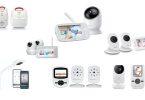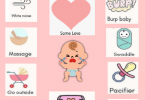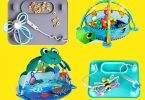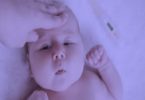Table of Content
Best 5 Baby Feeder Bottles
Baby feeder bottles are a common tool used to feed babies, both with breast milk and formula.
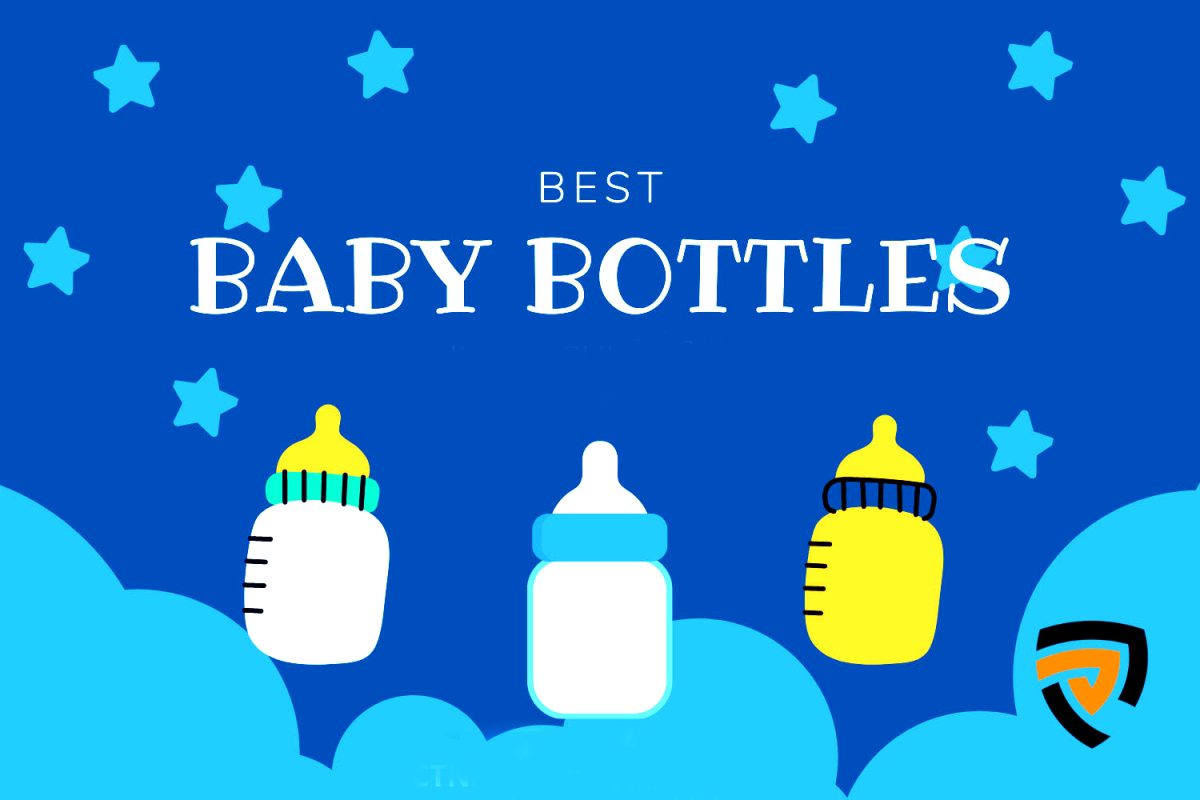
Best 5 Baby Feeder Bottles
They come in a variety of types, including:
Standard baby bottles: These are the most basic type of baby bottle, with a round shape and a screw-on cap that covers the nipple. They come in a variety of sizes, from small 2-ounce bottles to large 9-ounce bottles.
Angled bottles: These bottles have a unique design with a slanted shape, which can make it easier for the baby to hold the bottle at the correct angle for feeding.
Vented bottles: These bottles have a built-in venting system that helps to reduce colic and gas by allowing air to flow into the bottle instead of into the baby’s stomach.
Glass bottles: As the name suggests they are made of glass and are considered to be more safe and healthy as they don’t contain chemicals that can leach into milk, also they don’t retain odors.
Disposable bottle liners: These are plastic liners that fit inside a standard baby bottle. They can be filled with formula or breast milk and then inserted into the bottle. After feeding, the liner can be discarded, making cleanup easier.
Wide Neck Bottles: These bottles have a wider opening and are easier to fill, clean, and sterilize.
Self-Sterilizing Bottles: These bottles come equipped with a sterilization feature that allows you to sterilize them in the microwave or boiling water. The material of the bottles also varies, which are made of plastic, glass, and stainless steel. It is important to note that the American Academy of Pediatrics recommends breast feeding as the sole source of nutrition for about the first 6 months of life and continuing to breast feed for at least 12 months, as well as thereafter as mutually desired by the mother and infant. But in the case of formula feeder bottles are the major tools used.
What is the purpose of baby feeder bottles?
The main purpose of baby feeding bottles is to provide a way for babies to consume breast milk or formula when they are not able to do so directly from a breast or when a lactating mother is not present. Some of the key benefits of using baby feeder bottles include:
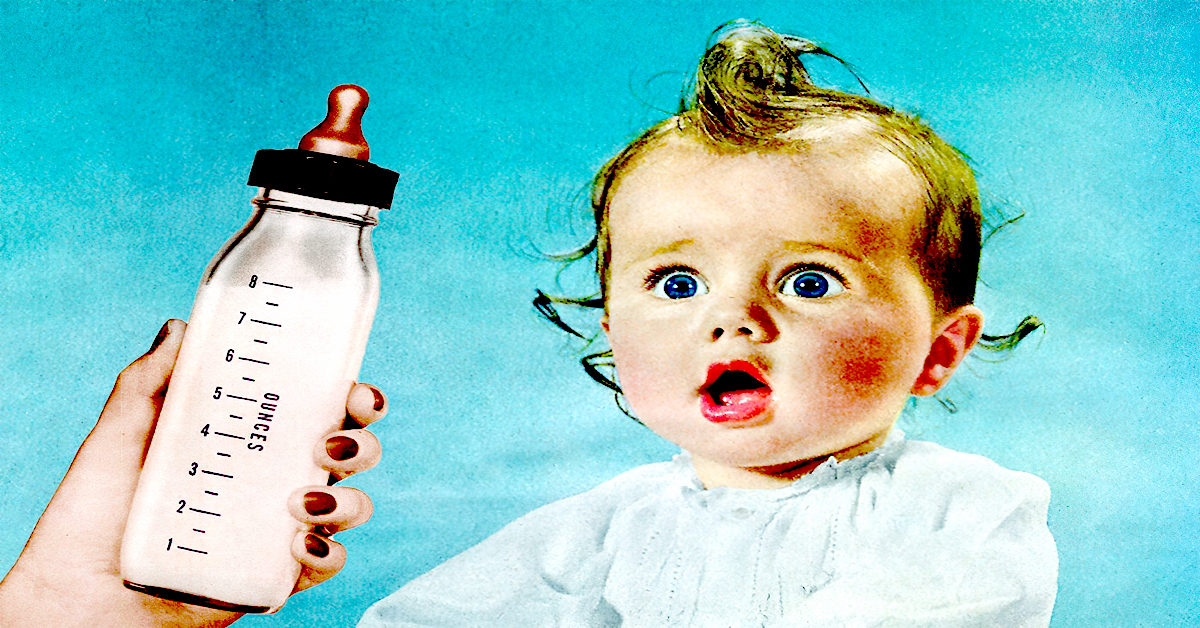
Convenience: Baby feeding bottles make it easy for caregivers to feed a baby, whether it’s a parent, grandparent, babysitter, or daycare provider. They can be filled with breast milk or formula and then heated or cooled as needed, which makes it easy to feed a baby at any time.
Flexibility: Baby feeder bottles allow mothers to return to work or school, travel, or otherwise be away from their babies while still providing them with the nutrition they need.
Support for breast feeding: For mothers who are breastfeeding, baby feeding bottles can be used to pump and store breast milk, which can then be fed to the baby by a caregiver when the mother is away.
Support for formula feeding: For mothers who choose to formula feed, bottles provide a safe and easy way to feed the baby with prepared formula or for mothers who have difficulty breastfeeding.
Consistency in feeding: Bottles allow caregivers to measure the amount of milk or formula the baby is consuming, which helps ensure that the baby is getting the nutrition they need.
Adaptability: As babies grow and develop, different types of bottles can be used to support their changing needs, such as switching from a soft spout to a hard spout, or from a bottle to a sippy cup.
Sanitation and Cleaning: Baby bottles are easy to sanitize and clean, ensuring that the baby is fed with hygienic and safe equipment. It’s worth noting that some babies may prefer to drink directly from the breast and some mothers may prefer to not use baby feeder bottles at all. Ultimately, the best feeding method will depend on the individual needs and preferences of both the baby and the mother.
Cleaning Steps of Baby feeding bottle
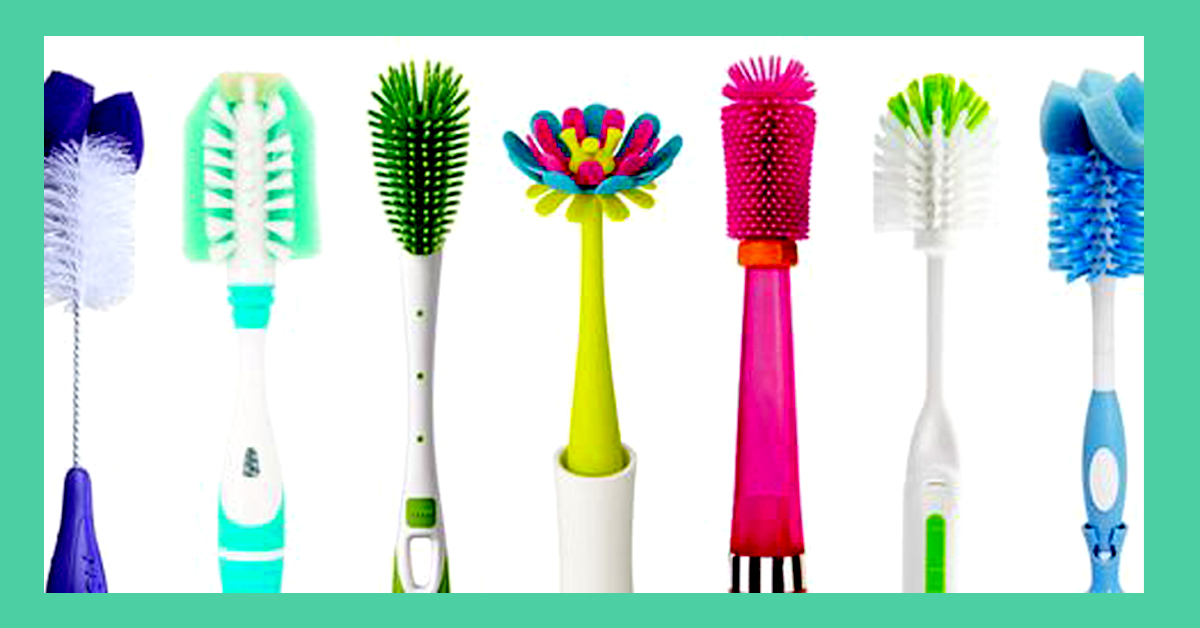
Proper cleaning and sanitation of baby feeding bottles are crucial to ensure the baby’s health and well-being. Here are the general steps for cleaning and sanitizing baby feeder bottles:
Rinse: After each use, rinse the bottles, nipples, and caps thoroughly with warm water to remove any milk or formula residue.
Wash: Wash the bottles, nipples, and caps in hot, soapy water using a bottle brush to reach all parts of the bottles. Make sure to wash the inside of the bottle, the outside, the nipple, and the cap separately.
Rinse again: Rinse the bottles, nipples, and caps thoroughly with hot water to remove all traces of soap.
Sanitize: Depending on the method you choose, the bottles, nipples, and caps can be sanitized by any of the following methods:
Boiling: Bring a pot of water to a rolling boil and submerge the bottles, nipples, and caps for at least 5 minutes.
Steam: Use an electric steam sanitizer or a stovetop pot with a steam basket.
Chemical sanitizer: You can use a chemical sanitizer solution to sanitize the bottles and accessories according to the manufacturer’s instructions.
Self-Sterilizing Bottles: Some bottles come with a sterilizing feature that allows you to sterilize them in the microwave or boiling water.
Dry: Allow the bottles, nipples, and caps to air dry completely before storing. Make sure to dry them separately and well to prevent cross-contamination.
Assemble and store: Once the bottles, nipples, and caps are completely dry, you can assemble them and store them in a clean, dry place.
Cleaning Baby Bottles is very important for more information about Kids’ Dental Hygiene
For Mother Dental Health here is the Blog Teeth Whitening

